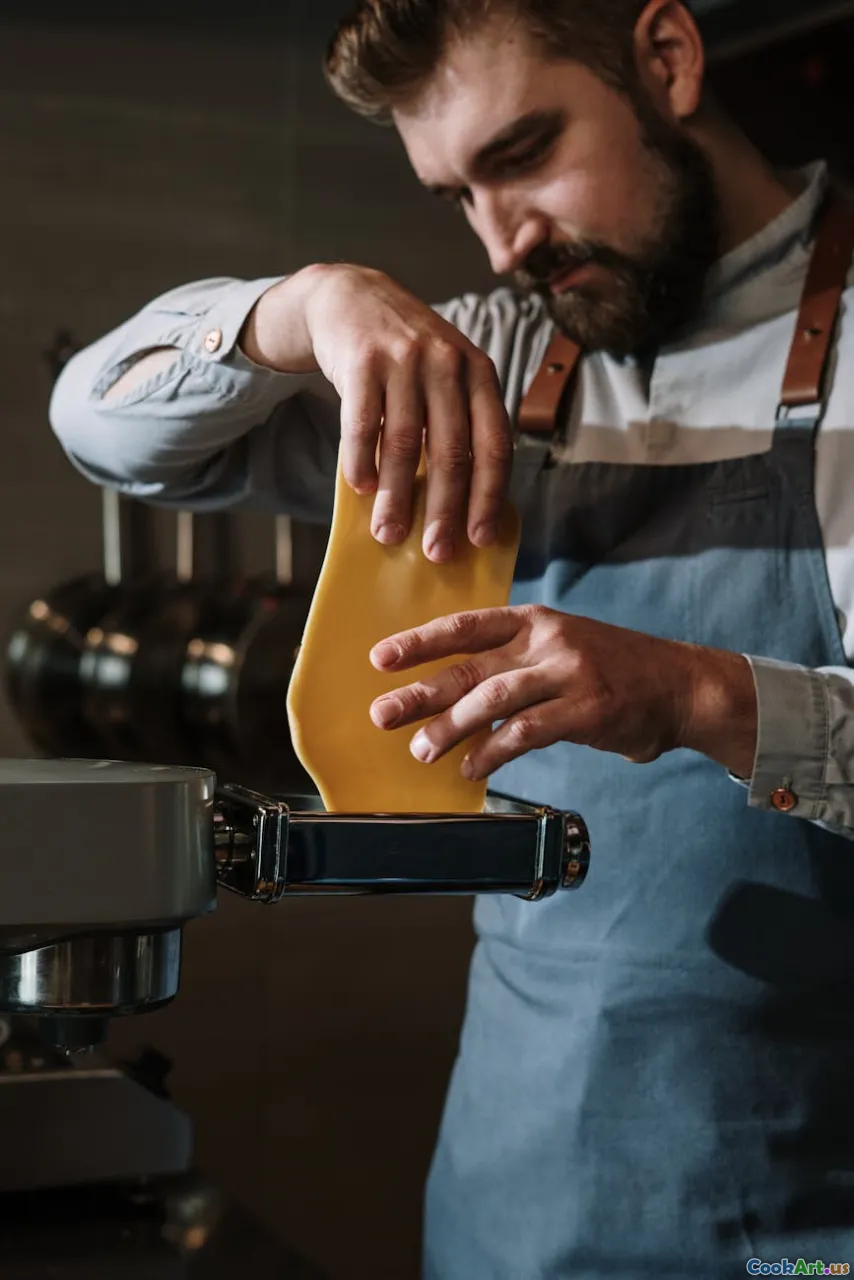Smart Food Preservation Methods
6 min read Explore innovative food preservation methods that leverage technology to extend shelf life and enhance food quality. April 13, 2025 15:00
Smart Food Preservation Methods
In the modern culinary landscape, food preservation has evolved beyond traditional methods like canning and freezing. With the rise of technology and innovative techniques, smart food preservation methods are now at the forefront of extending shelf life, reducing waste, and enhancing the quality of food. This article explores these cutting-edge methods that are capturing the interest of chefs, home cooks, and food enthusiasts alike.
The Importance of Food Preservation
Food preservation plays a critical role in ensuring food safety, reducing spoilage, and extending the usability of perishable goods. With global food waste reaching staggering levels, innovative preservation methods can contribute significantly to sustainability efforts. According to the Food and Agriculture Organization (FAO), approximately one-third of all food produced is wasted. Thus, adopting smarter preservation techniques can have a profound impact on the environment as well as on food security.
1. Vacuum Sealing: The Art of Air Removal
Vacuum sealing is one of the most effective methods for preserving food. By removing air from bags or containers, this technique minimizes the growth of bacteria and mold, allowing food to last much longer. Whether it's marinating meats, storing dry goods, or keeping fruits and vegetables fresh, vacuum sealing helps retain flavor and nutrients while preventing freezer burn.
Benefits of Vacuum Sealing
- Extended Shelf Life: Foods can last 3-5 times longer compared to standard storage methods.
- Convenience: Pre-prepared meals can be easily stored and reheated.
- Flavor Enhancement: Vacuum sealing can intensify flavors, particularly in marinated dishes.
2. High Pressure Processing (HPP): Pressure Makes Perfect
High Pressure Processing is a technique that uses extreme pressure to destroy harmful bacteria while maintaining the food's freshness and nutritional value. Commonly used in the juice and ready-to-eat meal industries, HPP is a game-changer for food safety and quality.
How HPP Works
- Foods are placed in a chamber and subjected to pressures up to 87,000 psi.
- This process kills pathogens without the need for heat, preserving taste and nutrients.
Advantages of HPP
- Nutrient Retention: Unlike heat treatment, HPP retains vitamins and minerals.
- Extended Shelf Life: Products can last several months without refrigeration.
- Clean Labeling: HPP allows for minimal processing while ensuring food safety.
3. Fermentation: The Ancient Method Reinvented
Fermentation is not just a method for making yogurt or sauerkraut; it’s a smart preservation technique that enhances flavor and health benefits. Fermentation uses beneficial bacteria to convert sugars into acids or alcohol, creating a hostile environment for spoilage organisms.
Benefits of Fermented Foods
- Probiotics: Promote gut health and boost the immune system.
- Unique Flavors: Adds complexity and depth to dishes, from kimchi to sourdough bread.
- Extended Shelf Life: Fermented foods can last for months or even years.
4. Smart Packaging: The Future of Food Storage
As technology advances, smart packaging solutions are emerging as a pioneering preservation method. These packages can monitor freshness, control gases, and even adjust temperature automatically.
Features of Smart Packaging
- Freshness Sensors: Inform consumers when food is at its peak freshness.
- Temperature Control: Maintain optimal storage conditions for various foods.
- Eco-Friendly Options: Many smart packages are designed to be biodegradable or recyclable.
5. Freeze-Drying: Retaining Quality in a Flash
Freeze-drying is a process that removes moisture from food while preserving its structure and nutritional value. Unlike traditional drying methods, freeze-drying maintains flavor, color, and nutritional content, making it an attractive option for preserving fruits, vegetables, and meals.
The Freeze-Drying Process
- Foods are frozen, then subjected to a vacuum that removes water at low temperatures.
Why Choose Freeze-Drying?
- Long Shelf Life: Freeze-dried foods can last up to 25 years when stored correctly.
- Lightweight: Ideal for camping and emergency supplies.
- Retained Nutrition: Almost all vitamins and minerals are preserved.
Conclusion
Smart food preservation methods are transforming how we approach food storage and safety. From vacuum sealing to high pressure processing, these innovations not only help reduce food waste but also enhance the culinary experience. As technology continues to evolve, we can expect even more exciting developments in the realm of food preservation, ensuring our meals remain fresh, flavorful, and sustainable for years to come.









